Enjoyment, thrill of pursuit motivate growers of colossal pumpkins, even though it’s a very expensive hobby.’‘



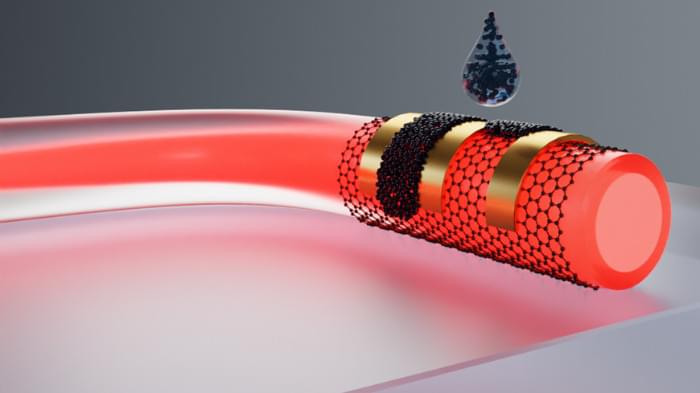
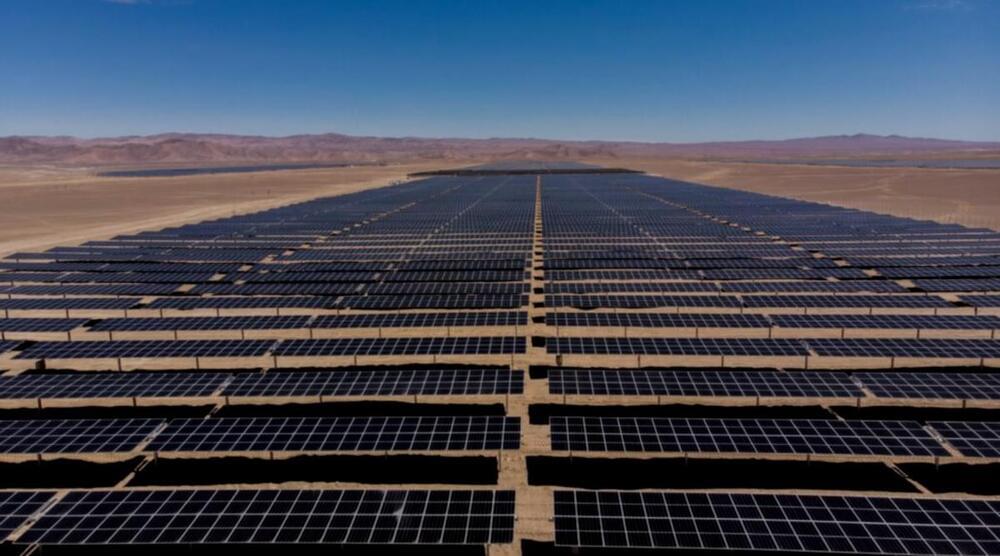
Grenergy, a Spanish independent power producer focused on the development of PV, wind, and energy storage projects, has announced the arrival of 105 BYD batteries at the port of Iquique, Chile.
Grenergy said that the Chipol Guangan cargo ship, arriving after a 42-day journey from Dachan, China, has delivered 1,050 MC Cube ESS battery modules with a total storage capacity of 600 MWh. The modules will support the Oasis de Atacama solar-plus-storage project in Chile.
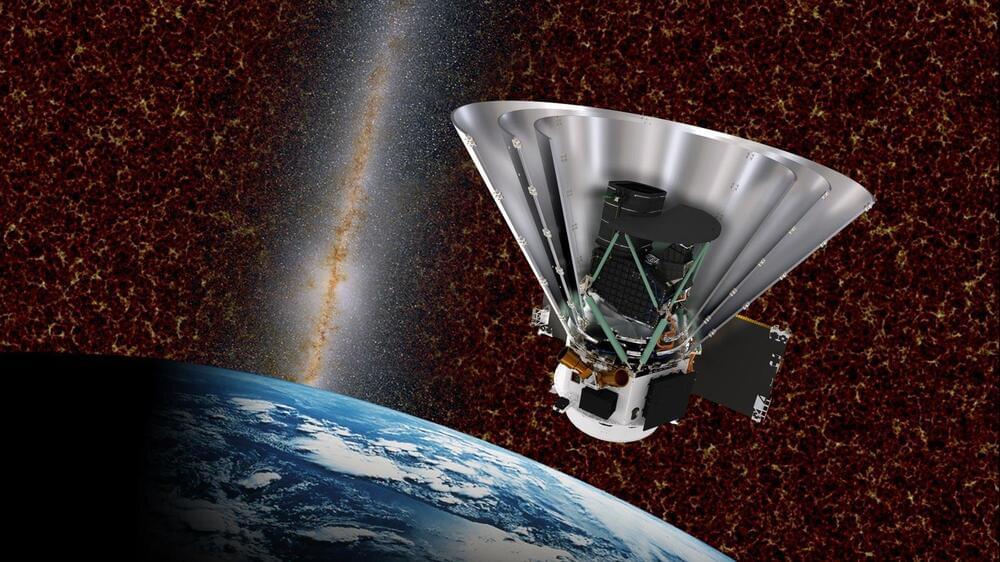
NASAs SPHEREx observatory will lend insight into what happened after the Big Bang, measure the glow of galaxies near and far, and search the Milky Way for building blocks of life.
NASA and SpaceX are planning to launch the SPHEREx astrophysics observatory in late February 2025. SPHEREx, which stands for Spectro-Photometer for the History of the Universe, Epoch of Reionization, and Ices Explorer, will lift off aboard a SpaceX Falcon 9 rocket from Vandenberg Space Force Base in California.
Roughly the size of a subcompact car, SPHEREx will enter a polar orbit around Earth. From there, it will map the entire sky in 3D by capturing images in every direction, similar to scanning the inside of a globe. The resulting map will feature hundreds of millions of stars and galaxies, displayed in 102 distinct colors, each representing a unique wavelength of light.

For those unaware, Whisk3D (original name Blendersito) is Dante’s Symbian-powered version of Blender, which he has been developing since late 2022. The app allows users to upload and model 3D characters on the phone, design game level assets, extrude vertices and edges, create planes, and even connect the phone to a monitor and keyboard for more convenient use.
In a true Blender fashion, Dante’s Whisk3D is open-source and can be accessed via the creator’s GitHub page. You can also support Dante here and check out more jaw-dropping experiments with Nokia-ran Blender over here.
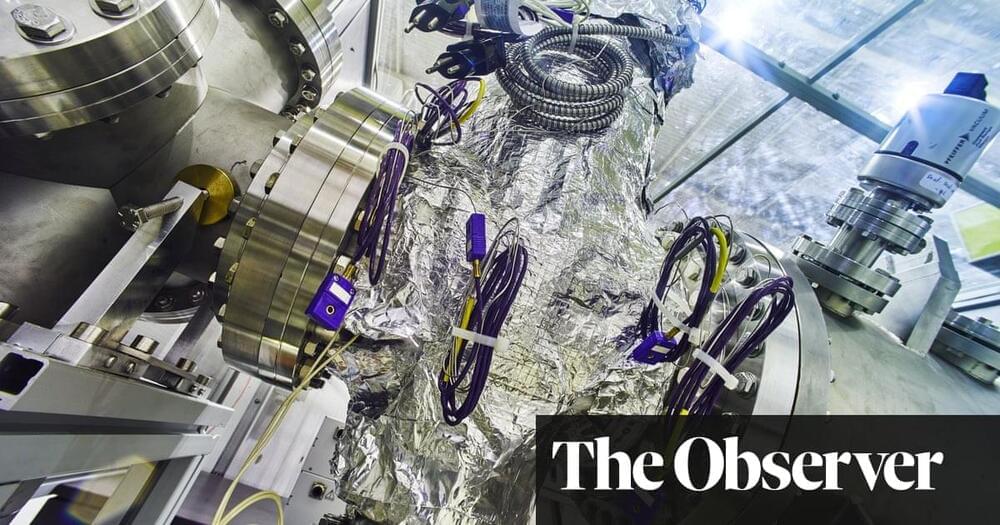

AI has gone so far now, and various state-of-the AI models are evolving that are used in Chatbots, Humanoid Robots, Self-driving cars, etc. It has become the fastest-growing technology, and Object Detection and Object Classification are trendy these days.
In this blog post, we will cover the complete steps of building and training an Image Classification model from scratch using Convolutional Neural Network. We will use the publicly available Cifar-10dataset to train the model. This dataset is unique because it contains images of everyday seen objects like cars, aeroplanes, dogs, cats, etc. By training the neural network to these objects, we will develop intelligent systems to classify such things in the real world. It contains more than 60,000 images of size 32×32 of 10 different types of objects. By the end of this tutorial, you will have a model which can determine the object based on its visual features.
Learn how to build and train your first Image Classification model with Keras and TensorFlow using Convolutional Neural Network.

To leverage the power of AI for data analytics, companies need to have systems in place that bring all relevant data points together on one platform. Siloed systems prevent AI from conducting a comprehensive evaluation. Companies that want to conduct predictive analysis, such as demand forecasting, will need to give AI platforms access to historical data.
Optimizing user interfaces for both customers and employees is also an important step toward empowering efficient operations. Consumer-facing interfaces should provide transparency, flexibility and a high level of user control, enabling potential customers to explore a variety of options and providing the information needed to ensure moves are handled correctly. Employee-facing interfaces should make it easy for drivers and customer service representatives to receive and respond to notifications such as route updates or customer concerns.
For commercial moving, achieving maximum efficiency requires much more than transportation. Solutions should consider every aspect of the move, leveraging technology and informed strategies to empower a seamless transition. When approached strategically, the result is reduced downtime and the peace of mind that all equipment is transported with precision and moved in accordance with predetermined timelines.
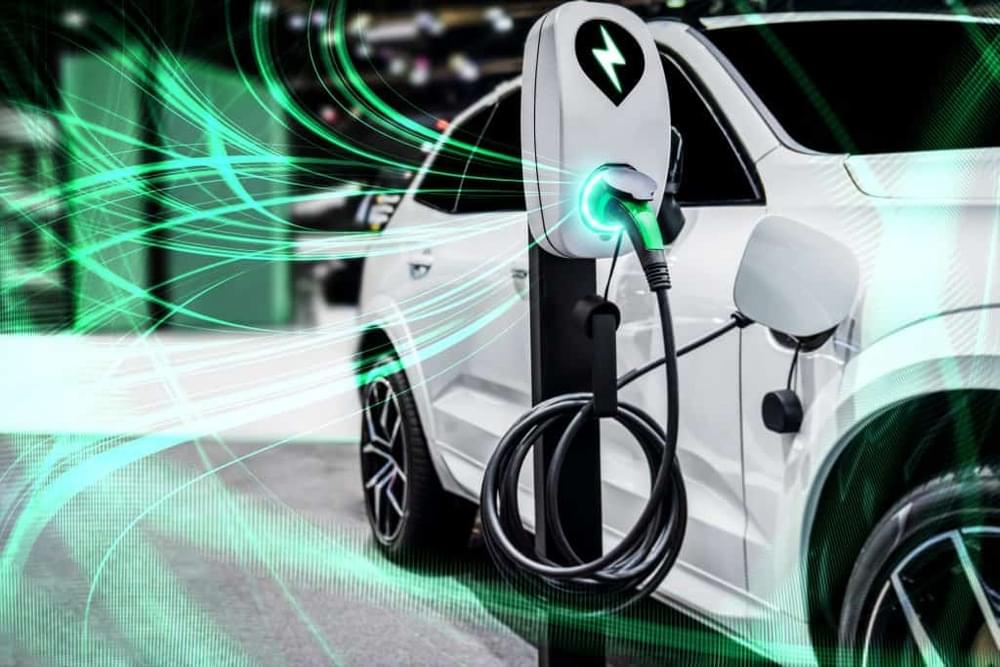
In the fast-paced world of electric vehicles (EVs), a major breakthrough in battery technology is set to significantly enhance energy storage capacity. This development arrives at a crucial moment, as the EV industry is experiencing rapid growth, making it an ideal time for such a transformative advancement.
Researchers at Pohang University of Science & Technology (POSTECH) have introduced a revolutionary technique that can amplify the energy storage capacity of batteries by an astonishing tenfold. This leap forward not only propels battery technology to new heights but also has the potential to reshape the entire landscape of electric vehicles.
The key to understanding battery function lies in the anode, the component responsible for storing power during charging and then releasing it when the battery is in use. In most modern lithium batteries, graphite is the predominant material used for anodes.